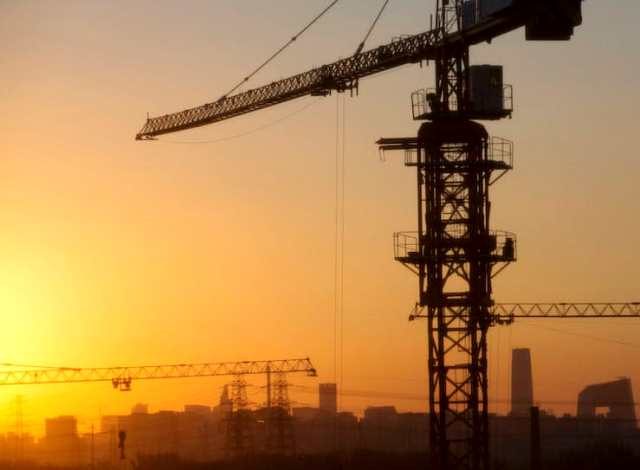Texas led the nation with the most commercial real estate development in 2017, says a new report published by the NAIOP Research Foundation.
The Lone Star State invested more than $24 billion into direct construction spending, employing nearly 380,000 people in commercial real estate jobs and pumping nearly $59 billion back into the state’s economy. Texas also had the most warehouse/flex and retail development of any state.
The study, Economic Impacts of Commercial Real Estate, 2018 Edition, authored by noted economist Stephen Fuller, measured the contributions of ongoing and new commercial real estate development in all 50 states and their overall impact on the U.S. gross national product (GDP). It included four commercial building types — office, industrial, warehouse/flex, and retail/entertainment. The experts also accounted for salaries and wages generated, and jobs created and supported in the commercial development and operations sector.
California ranked second to Texas with 333,781 commercial real estate jobs. The Golden State spent more than $24 billion on direct construction, putting $52.7 billion put back into its economy. However, it surpassed Texas in one area — office site development.
Pennsylvania, New York, Florida, Georgia, Illinois, Louisiana, North Carolina, and New Jersey rounded out the top 10. In 2016, Texas and California tied for second place. New York topped that list.
“The importance of commercial development to the U.S. economy is well established, and the industry’s growth is critical to creating new jobs, improving infrastructure, and creating places to work, shop and play,” said Thomas Bisacquino, NAIOP president and CEO.
Last year, the total value of U.S. construction spending was $1.22 trillion, 1.6 times greater than in 2016, according to NAIOP. Commercial real estate construction began on 523.6 million square feet of office, retail, warehouse, and industrial space across the country. This sector supported 7.6 million new and existing jobs, contributed $935.1 billion to the national GDP, and generated $286.4 billion in salary and wages.
“Commercial real estate is a robust contributor to national and state economies, and NAIOP is dedicated to working with the administration, Congress and state legislators to develop bipartisan infrastructure investment incentives that empower our industry to expand,” added Bisacquino.
In 2017, hard construction expenditures for the four building types totaled $98.6 billion, a $15.6 billion, or 18.9 percent, increase from 2016, according to NAIOP. This marked the seventh consecutive year of increased warehouse construction, up 55.7 percent from 2016. Industrial build-outs rebounded, gaining 52.5 percent, after plummeting during the two prior years. Office and retail construction expenditures decreased slightly.
For 2018, NAIOP foresees continued construction activity, although the report anticipates higher interest rates when the Federal Reserve raises its rate three-quarters of a point in three increments during the year. The study forecasts possible construction labor shortages resulting in wage inflation. They predict energy prices will remain relatively steady. Analysts also factored in potentially favorable impacts on consumer spending and corporate investments as a result of the 2017 Trump Administration’s federal tax law. They project possible GDP growth of 2.9 percent. If achieved, this would be match 2015’s GDP growth rate, the highest since 2005 when it was 3.3 percent, according to the study.
NAIOP, the Commercial Real Estate Development Association, began producing this annual report in 2008. The group is the leading trade organization for professionals working with office, industrial, retail, and mixed-use properties.
Follow Merrill Hope, a member of the original Breitbart Texas team, on Twitter.

COMMENTS
Please let us know if you're having issues with commenting.